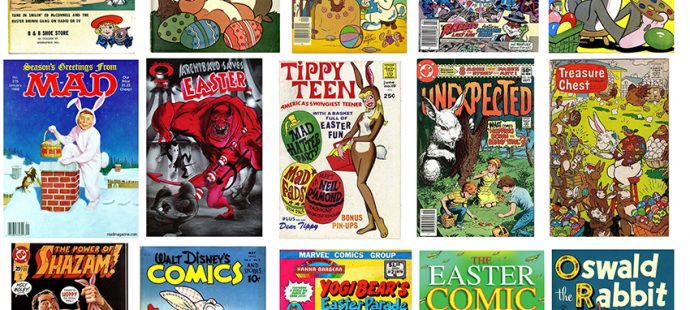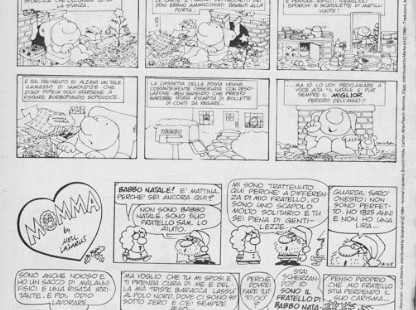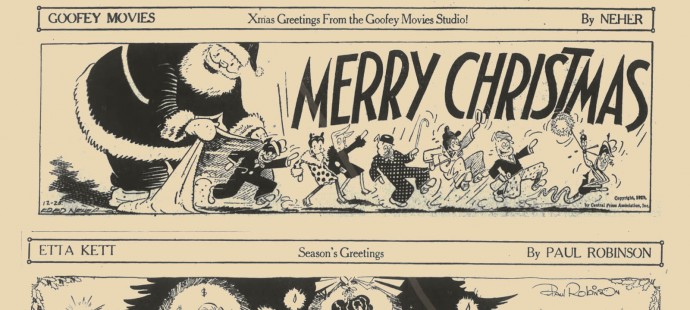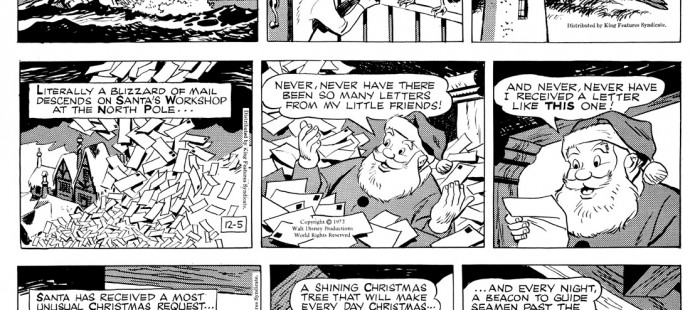
Dizionario Cinema Fumetto Opera completa
Dizionario Cinema Fumetto Opera completa 4000 voci, tutti i fumetti divenuti film, serie tv, cartoni, pieces teatrali, serial radiofonici. A cura di Monica Ferrone

Dizionario Cinema Fumetto Opera completa 4000 voci, tutti i fumetti divenuti film, serie tv, cartoni, pieces teatrali, serial radiofonici. A cura di Monica Ferrone

Fumetti pasquali Pasqua sembra non stimolare molto gli autori italiani, se si escludono alcune (pochissimi) albi di Topolino e qualche Tiramolla e Cucciolo, non compaiono in edicola albi a tema ...

1984 Xmas comics section…one and only Natale 1984, il quotidiano Gazzetta di Mantova pubblica un inserto di 4 pagine con fumetti. Apre una tavola di Lupo Alberto (inedita) e appositamente ...

Newspaper Xmas Comic-strips from the past, 1929 Cuddles by Forbell, Minute Movies by Ed Wheelan, Goofey Movies by Fred Neher, Etta Kett by Paul Robinson, Muggs McGinnis by Wally Bishop

Classics Disney’s Christmas comic strips In all those years in the United States, I loved to leaf through the daily papers especially during the four weeks before Christmas, and enjoyed ...